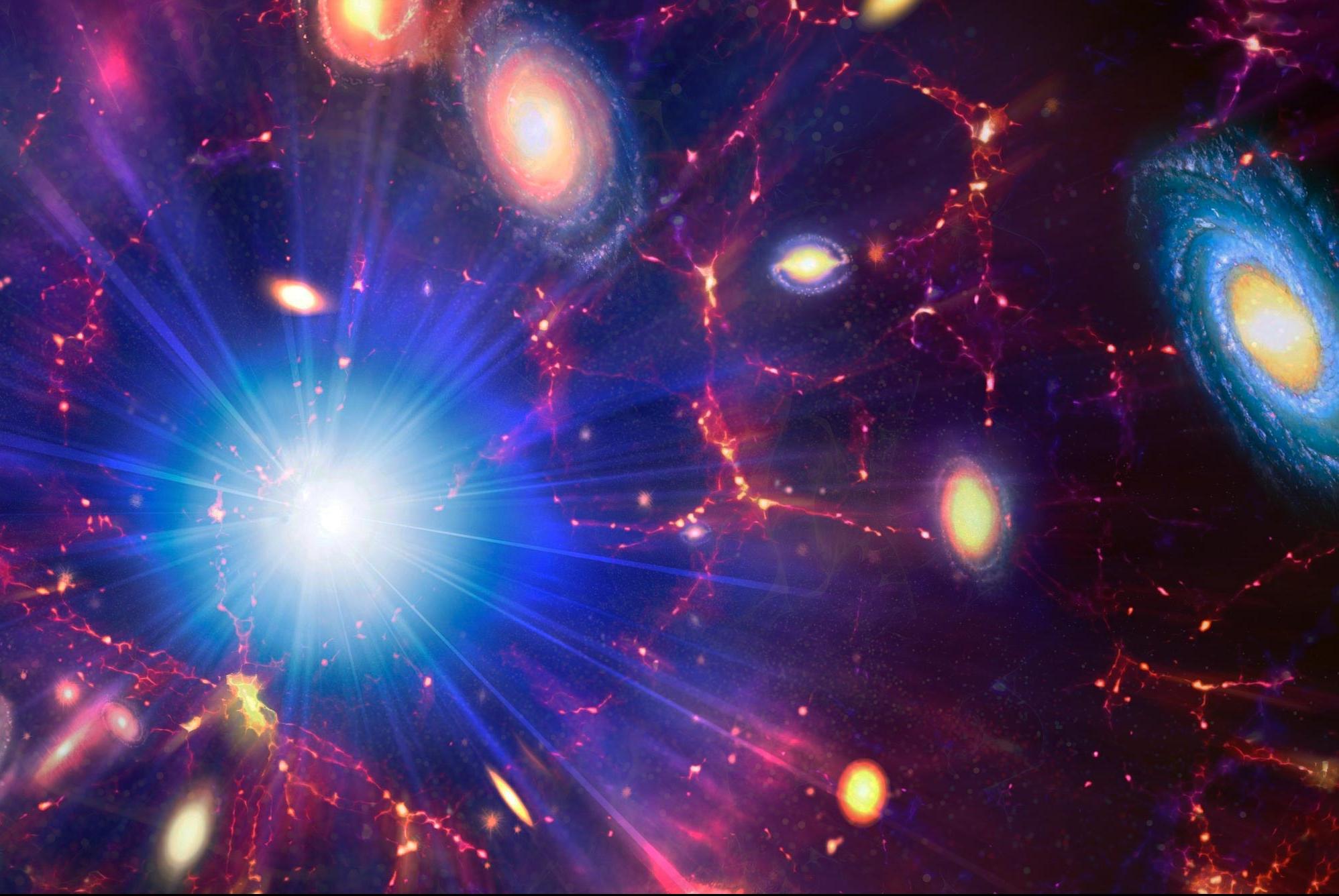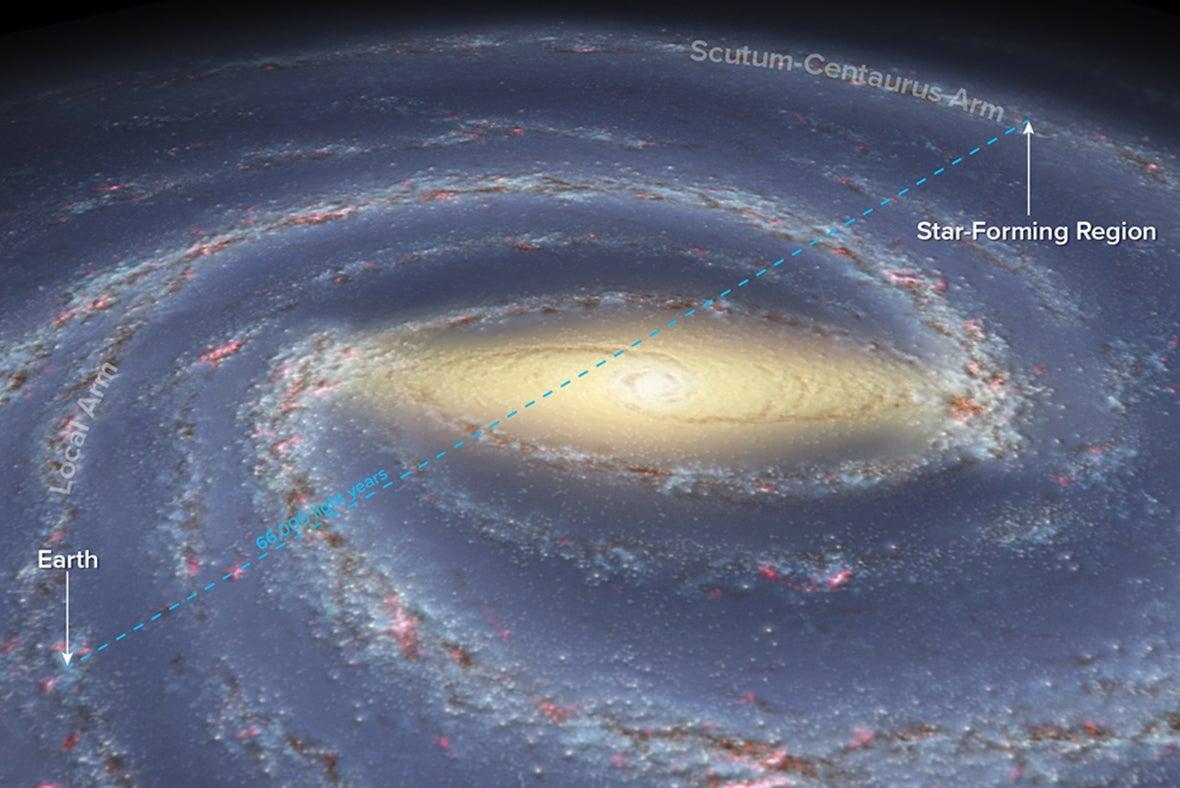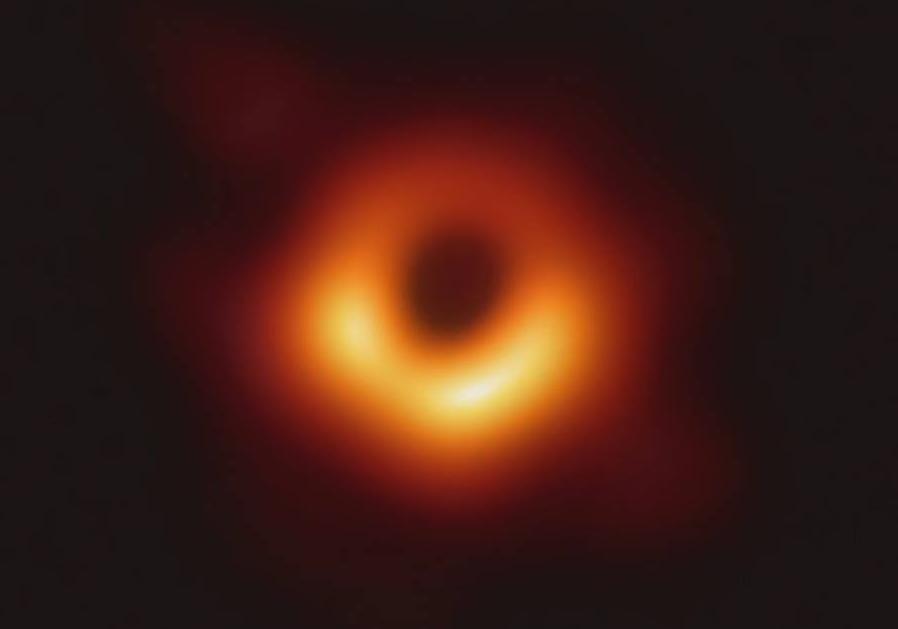Updated By: LatestGKGS Desk
About Galaxies: Cosmos, Shape and Type

What is a galaxy in the cosmos?
A galaxy is a very huge collection of stars, dust gases, and billions of solar systems around them. It is a huge mass containing inter-stellar material, nebulas, and lots of stars. These are bound together by the force of gravitation. A galaxy is a very huge term against the solar system. there can be billions of solar systems in one galaxy. There are numerous events that happen between these galaxies. Hubble telescope spent twelve days looking at a small field and found 10,000 galaxies of all shapes, size, and colors.
what are the Types of the galaxy:
Generally, there are three shapes of the galaxy and on the basis of shape, we can divide galaxies into two types-
- Regular Galaxy
- Irregular galaxy
on the basis of shape regular galaxies further can be divided into two types-
- Spiral galaxies
- Elliptical galaxies
Spiral galaxy:-
The Milky Way and the Andromeda Galaxy are examples of large spiral galaxies shaped by a larger stellar concentration (Fig 1.2). There are curved spiral galaxies. Roughly 25% of all galaxies feature spiral arms curved. The interstellar gas that forms the new brilliant, young stars is also well supplied to spiral galaxies. As the spinning spiral pattern circling through the galaxies, gas, and dust are included and bright young stars in the arms are formed.
Elliptical Galaxy:-
The elliptical galaxies are definitely the most common. In fact, they are smaller than spiral galaxies. It is usually symmetrical or spheroidal with no apparent structure. Most of the stars are very old and they have no new stars in them. Others are so small that the word 'dwarf' is used. The largest elliptical galaxy known has a diameter of 200,000 light-years. Their masses of 1013 times those of our Sun, the largest and the lightest Galaxies are elliptical. About 2/3 of all galaxies are elliptical.
Irregular galaxy:-
Around one-third of all galaxies are Irregular Galaxies and come in several subclasses. In fact, the stars of the irregular galaxies are very old. Many of them have an old and new star mix. The Milky Way and other spiral galaxies comprise of ancient star clusters in the middle and the youngest stars in the arms.


